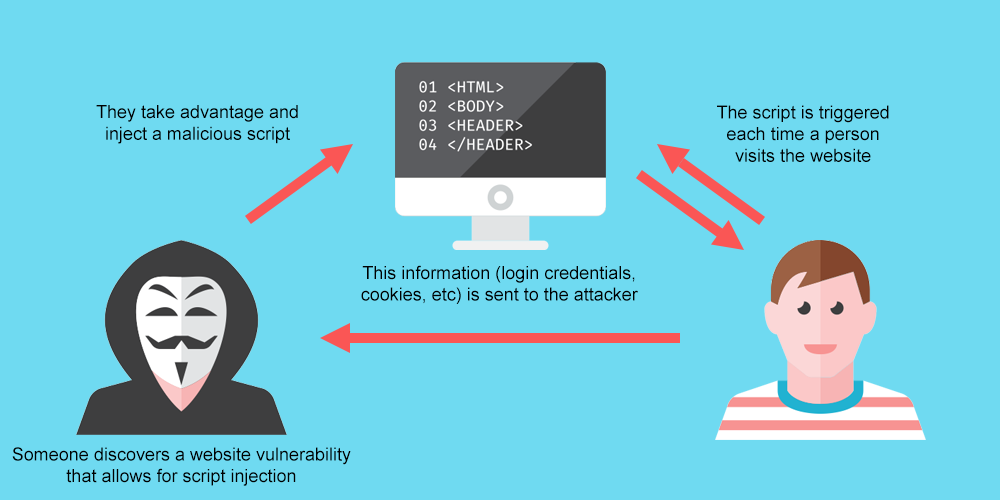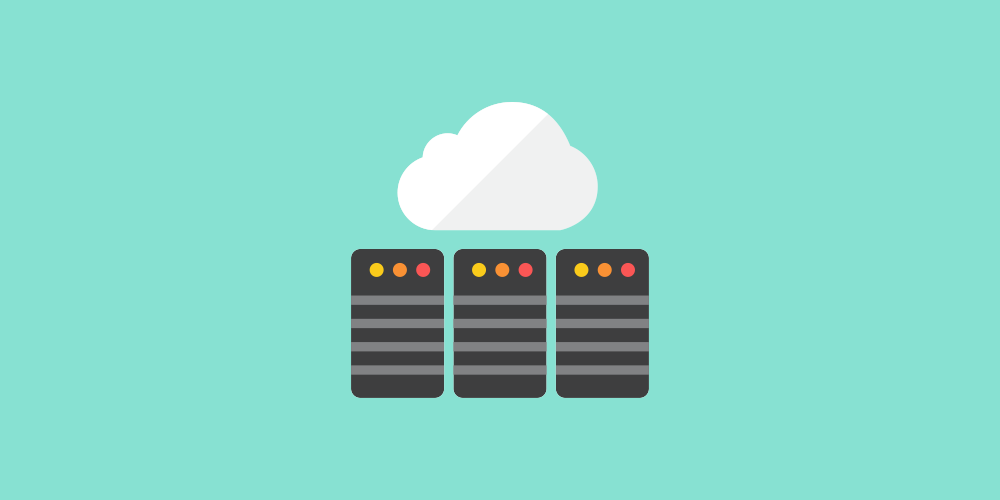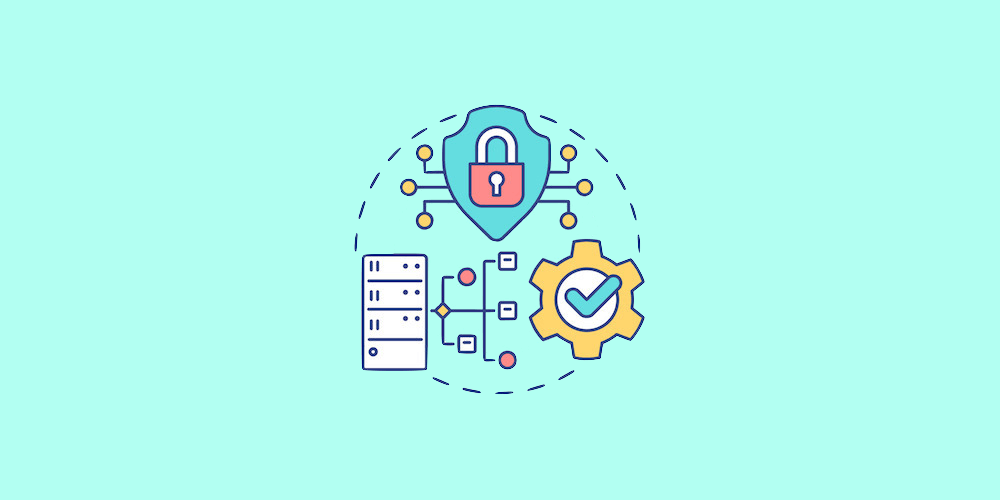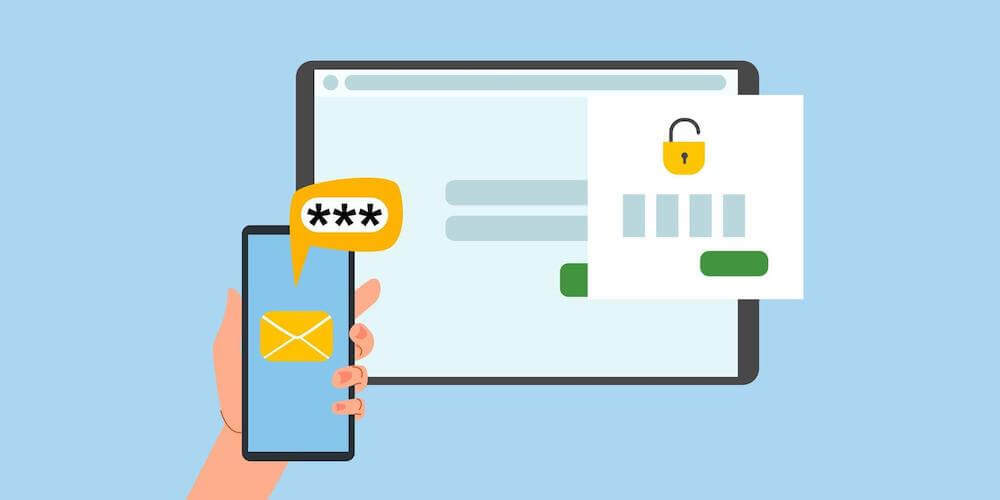Easy Offsite Security Tips for WordPress

In the age of digital branding, WordPress is reveling in the increased demand for its user-friendly platform that supports a variety of websites from e-commerce to personal branding ventures.
WordPress boasts a diverse client-base from the individual web development nomad looking to utilize the digital space to market their unique skills to companies that run some of the most popular blogs on the web.
The decision to create a website is both exciting and terrifying. There will be laughs, tears, and lots of Google how-to searches. But it won’t be long before new website parents are caught up in the euphoria that comes with customizing their new baby to fit their vision.
But most WordPress users are not focused on how to create the most secure site. Instead, they’re either caught up in themes to make their blog look avant-garde or thinking about SEO-optimized content to drive organic search results.
Both of those things certainly matter, but the truth is users shouldn’t mitigate the need for security. While only accounting for a third of all website owners, WordPress is the source of over 90% of all hacking incidents on the web due to the low level of priority users place on the element of security.
Common Security Vulnerabilities Targeting WordPress Users
SQL Injection is one of the most over-utilized and common WordPress cyberattacks that spares no one. One ironic case of an SQL attack involved the network security company Barracuda Networks that fell privy to an injection targeting a vulnerability in their code. The hackers were able to find a vulnerable page that led them to the company’s primary database.
Think of an SQL injection as an aggressive truth serum. Hackers target servers that utilize SQL (structured query language) and bypass application security measures. This allows them to retrieve records from the SQL database, or otherwise modify or delete existing records.

A cross-scripting attack (XSS attack) is common in WordPress sites that underutilize proper security measures. The idea is to steal data from the user, mainly cookies. This is one of the more malicious attacks for unsuspecting users because it preys on the user’s identity.
However, users aren’t necessarily the only victims in this attack. The administrator of the site will also take a hard fall from potential economic losses and the loss of users’ trust. Cross-scripting attacks have more than tripled between 2016 and 2017.
Other prevalent attacks include command injection and file inclusion, where malicious information coupled with vulnerable servers leads to compromised sites. This spells doom to the site’s distraught owner and spreads distrust in its users who are unable to provide sensitive data.
Stop Idealizing the Plugins
One of the components that makes WordPress so user friendly is its wide availability of plugins. Shopping for the coolest plugin to jazz up your site is just as exciting as discovering a new app for your smartphone that promises (while utterly failing) to get your life in order.
While these are a dime a dozen and easy to get going with a couple clicks of a button, they offer a false sense of security. There are currently tens of thousands of plugins available, but only about 2,000 of these have been added within the past two years, meaning many are highly susceptible to vulnerabilities.
Outdated plugins often turn into victims of file inclusion exploits where hackers gain easy access to your databases, all of which can be avoided by responsible WordPress security steps like plugin maintenance. But updates and strong passwords are onsite security – so let’s get into how you can secure WordPress offsite.
1. Choose A Quality Web Host

The most obvious fix for offsite WordPress security is choosing good WordPress hosting that prioritizes cybersecurity. Web hosting may not be as exciting as theme design or original content, but don’t be too quick to write it off.
While deciding the site address is one of the most stressed over components of the creative process, most users aren’t concerned about the “http” or “https” that proceeds the precious child of their creative mind. Believe it or not, the simple presence of the “s” makes all the difference; exclude it at your own risk.
The “S” indicates a secure site that utilizes Secure Socket Layers, or SSL. This tells a user that a website can be trusted and any data they choose to share is shared safely. In fact, more than two-thirds of users reported that this lock is essential in their decision to continue browsing a site without backing out. Web hosts often offer SSL options either with premium add-ons or as a complimentary feature.
WordPress developers should forgo the popular security applications as these commonly lack features such as secure cookie settings and HTTP strict transport security. Users may be tempted to resolve this by loading up their site on security plugins, but in this case more is not merrier. Excessive plugins can cause inconvenient site lag and affect attempts at debugging.
Not only will your host offer SSL certificates (if you’ve done your homework and made an educated decision), they will also offer access to other invaluable security features such as routine scans to check for vulnerabilities, site backups to prevent catastrophic data loss, and web application firewalls to add an extra layer of security.
New website developers should also beware of the temptation of free hosting options. The old adage ‘you get what you pay for’ applies here, too. Free web hosts provide the minimum viable product, meaning security measures are often skimped on and leaves your site vulnerable to viruses and spyware.
The bottom line: your choice of web host foreshadows your site’s success. Don’t let this decision be your most uninformed.
While layered plugins are not going to give you the safety edge you’re looking for, offsite combinations can give you an earned sense of security. Combine your educated web host decision with a virtual private network and, voila, cybersecurity is now an anecdote your resume.
2. Invest in a VPN
Virtual private networks serve all shapes and sizes of websites regardless of whether their objective is to create a one-of-a-kind P2P buyer/seller site or be a hub for the most sought-after thought content on the web.

A VPN acts as a virtual tunnel that’s impenetrable to hackers and other malicious attempts at securing both the sensitive information that you’re inputting and that of the visitors to your site.
The added layer of VPN security provides you with an onslaught of features that almost sounds too good to be true such as hiding identity, masking location, and disposing of logs.
Once installed, a VPN masks location and network activity, and won’t keep any logs to ensure proper after-use safety. Take note that almost all free VPN services available don’t have those kinds of features.
Practice Offsite Solutions for Onsite Success
While cyberattacks are common, there are countless measures that can be taken by even the most inexperienced web designers. These are simple steps to be sure they are putting out a safe product that ensures the security of themselves and their users.
Forget the URL. The choice of web host is ultimately one of the most important decisions you make when building your site. Being that this is one of the first steps, choose carefully and don’t doom yourself from the beginning. After that stay on top of theme and plugin updates, and consider a VPN for further protection.
It’s time for WordPress developers to put security at the forefront of their development process. Make it a proactive decision versus a retroactive regret.



Comments
No comments yet. Why don't you kick off the discussion?